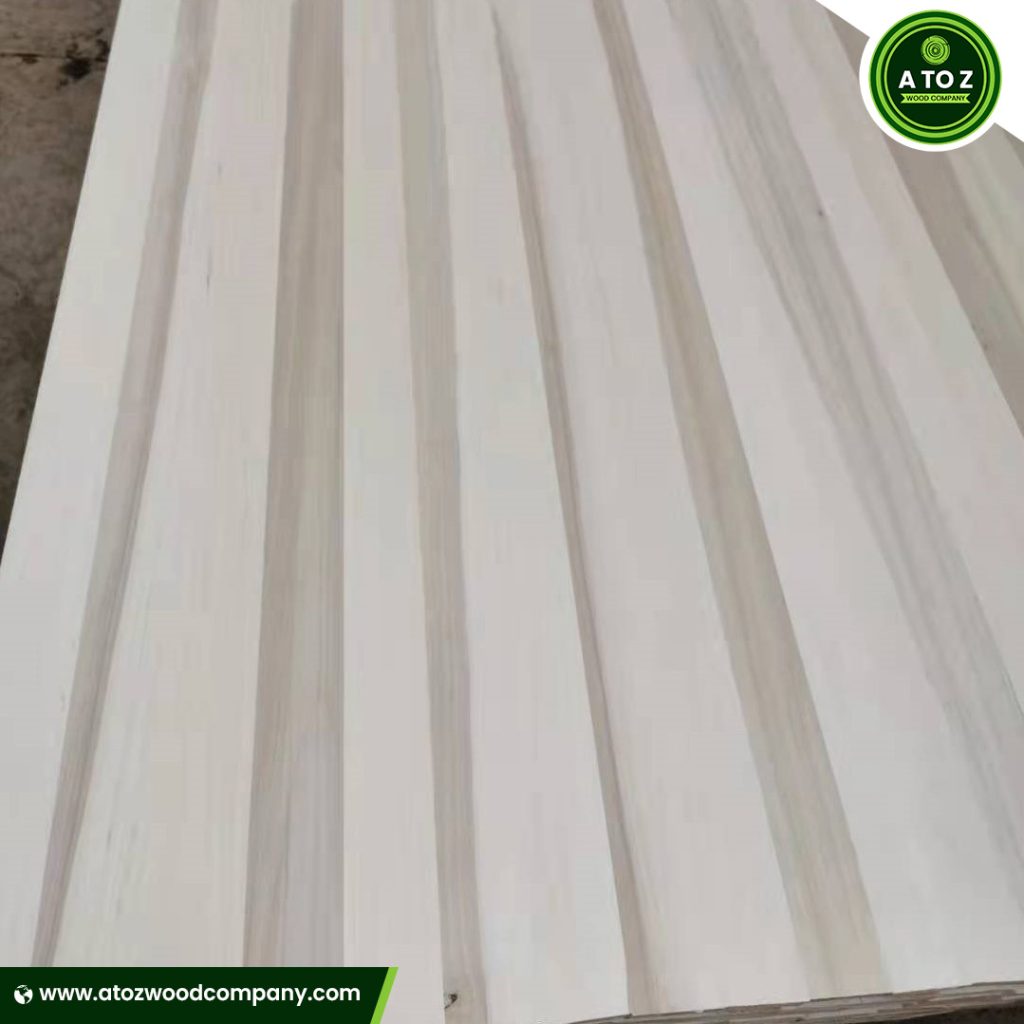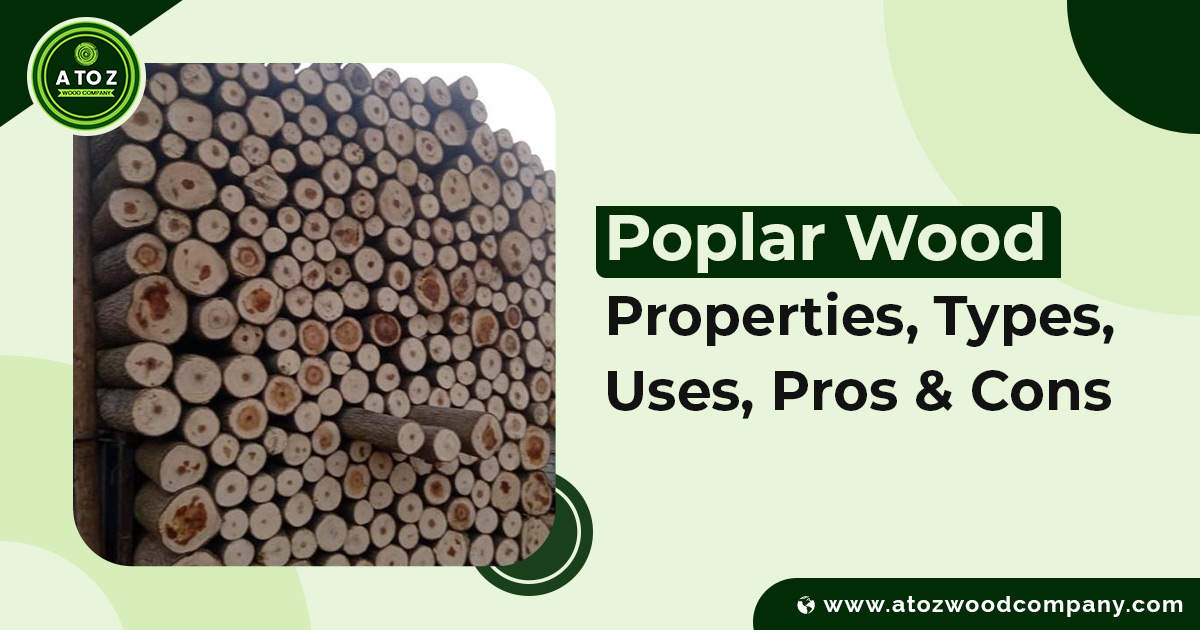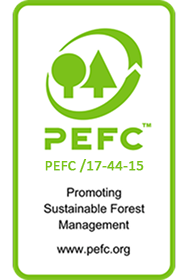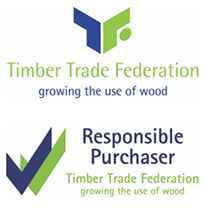Known for its lightweight, smooth grain, and adaptability, Poplar is widely used in cabinetry, furniture making, plywood, and interior trim. But is it the right choice for your project?
In this comprehensive guide, we’ll explore the key properties of Poplar wood, its various types, common applications, and the advantages and disadvantages that come with using this hardwood. Whether you’re sourcing timber for construction, design, or industrial use, this article will help you make an informed decision.
What is Poplar Wood?

Poplar is a hardwood sourced from trees in the Populus genus, which includes species like Yellow Poplar (Liriodendron tulipifera), Black Poplar, and White Poplar. Though it’s technically a hardwood, Poplar behaves more like a softwood due to its low density and ease of workability.
It is widely available in North America, Europe, and parts of Asia, and is valued for its consistent grain, pale appearance, and cost-effectiveness.
Physical & Technical Properties of Poplar Wood
| Property | Value/Description |
|---|---|
| Scientific Name | Liriodendron tulipifera (Yellow Poplar – most common) |
| Wood Type | Hardwood |
| Color | Creamy white, pale yellow, light brown with green streaks |
| Grain Texture | Fine to medium; uniform; usually straight |
| Janka Hardness | 540 lbf (soft for a hardwood) |
| Density (Dry) | ~0.42–0.45 g/cm³ (lightweight) |
| Modulus of Rupture (MOR) | ~71.5 MPa (10,400 psi) |
| Modulus of Elasticity (MOE) | ~9.3 GPa (1.35 million psi) |
| Crushing Strength | ~35 MPa (5,080 psi) |
| Shrinkage (Radial/Tangential) | Radial: 4.5%, Tangential: 7.2% |
| Durability | Non-durable; susceptible to decay and insect attack |
| Workability | Excellent; easy to machine, nail, glue, and finish |
| Paintability/Stainability | Paints well; requires conditioner for even staining |
| Moisture Movement | Low to moderate (relatively stable when dry) |
Types of Poplar Wood
Poplar comes in several species, each with slightly varying characteristics:
1. Yellow Poplar (Tulipwood)
-
Most common in North America
-
Pale yellow to greenish-brown
-
Easy to stain and paint
-
Often used in furniture frames and millwork
2. White Poplar (Populus alba)
-
Pale white to silvery-grey appearance
-
Grows in Europe and Asia
-
Popular in carving and lightweight joinery
3. Black Poplar (Populus nigra)
-
Native to Europe and Western Asia
-
Darker in tone, more durable
-
Used in pallets, boxes, and outdoor applications (when treated)
4. Hybrid Poplar
-
Fast-growing plantation wood
-
Often used in paper production and composite panels
Common Uses of Poplar Wood
Poplar wood is widely used across various industries due to its affordability and versatility. Here are the most popular applications:
✅ Interior Furniture
Poplar is ideal for drawer sides, cabinets, shelves, and hidden furniture components. It holds nails and screws well, making it great for frames and support.
✅ Cabinetry & Millwork
Thanks to its smooth surface and paint-accepting quality, Poplar is frequently used in interior trim, baseboards, crown mouldings, and painted cabinetry.
✅ Plywood & Veneer Core
Poplar is used as a core in plywood panels due to its stability and low cost.
✅ Doors and Panels
Its light weight makes it perfect for interior doors, especially hollow-core styles.
✅ Crafts & Woodturning
Artists and woodturners use Poplar for carving, laser cutting, scroll work, and DIY projects.
Pros of Poplar Wood
✅ Affordable – One of the most budget-friendly hardwoods
✅ Lightweight – Easy to handle, transport, and assemble
✅ Easy to Work With – Machines, glues, and finishes effortlessly
✅ Smooth Finish – Ideal for painting or staining (with prep)
✅ Stable – Minimal movement when dried properly
✅ Sustainable – Grows quickly, making it eco-friendly for mass use
Cons of Poplar Wood
❌ Soft for a Hardwood – Dents and scratches easily
❌ Not Very Durable Outdoors – Requires treatment for outdoor use
❌ Color Variation – May show greenish or streaky hues, which can affect staining
❌ Lacks Visual Appeal for High-End Furniture – Not ideal where exotic grain or luxury finish is needed
Is Poplar a Good Wood to Use?
Poplar is a reliable, economical wood that’s perfect for internal structures, painted furniture, mouldings, and general woodworking. While it may not be your first choice for visible or luxury pieces, it’s unbeatable in projects where performance and affordability are key.
If you need a wood that balances cost-efficiency, ease of use, and availability, Poplar is an excellent option — especially when the final piece will be painted or hidden.
Poplar Wood Price – Is It Cost-Effective?
Yes, Poplar is one of the most cost-effective hardwoods in the timber market. Prices vary by region, grade, and thickness, but it’s generally cheaper than oak, maple, or walnut. This makes it ideal for bulk orders, commercial use, and custom woodwork where budget is a concern.
Sustainable Timber Supply from AtoZ Wood Company
At AtoZ Wood Company, we provide high-quality Poplar wood logs, slabs, and sawn timber sourced from sustainably managed forests. Our Poplar timber is:
-
FSC-certified (on request)
-
Available in bulk or custom sizes
-
Exported globally across the US, Europe, Asia, and Oceania
We ensure low-impact logging, ethical labor, and precision processing for all Poplar and hardwood timber products. For high-quality, eco-friendly Poplar wood, trust AtoZ Wood Company — your global timber partner.
Frequently Asked Questions (FAQs)
Q: Is Poplar a hardwood or softwood?
Poplar is technically a hardwood, but it has many characteristics of softwoods—like its low density and easy workability. This makes it perfect for light-duty applications where cost and ease of use matter.
Q: Does Poplar wood warp or shrink easily?
Poplar has minimal warping and low shrinkage when properly dried. It’s dimensionally stable, which is why it’s often used for mouldings, door frames, and trim.
Q: How does Poplar compare to other hardwoods like Oak or Maple?
Poplar is lighter, softer, and more affordable than hardwoods like Oak or Maple. While not as durable, it’s easier to cut, shape, and paint, making it ideal for projects that don’t require high structural strength.
Q: Can Poplar wood be used outdoors?
Poplar is not naturally resistant to moisture, decay, or insects, so it’s not recommended for outdoor use unless it’s treated or used in protected areas.
Q: Is Poplar a sustainable wood choice?
Yes, Poplar grows quickly and is widely cultivated, making it a sustainable and eco-friendly option. When sourced from certified suppliers like AtoZ Wood Company, it supports responsible forestry practices.
 +237 681 25 6934
+237 681 25 6934




